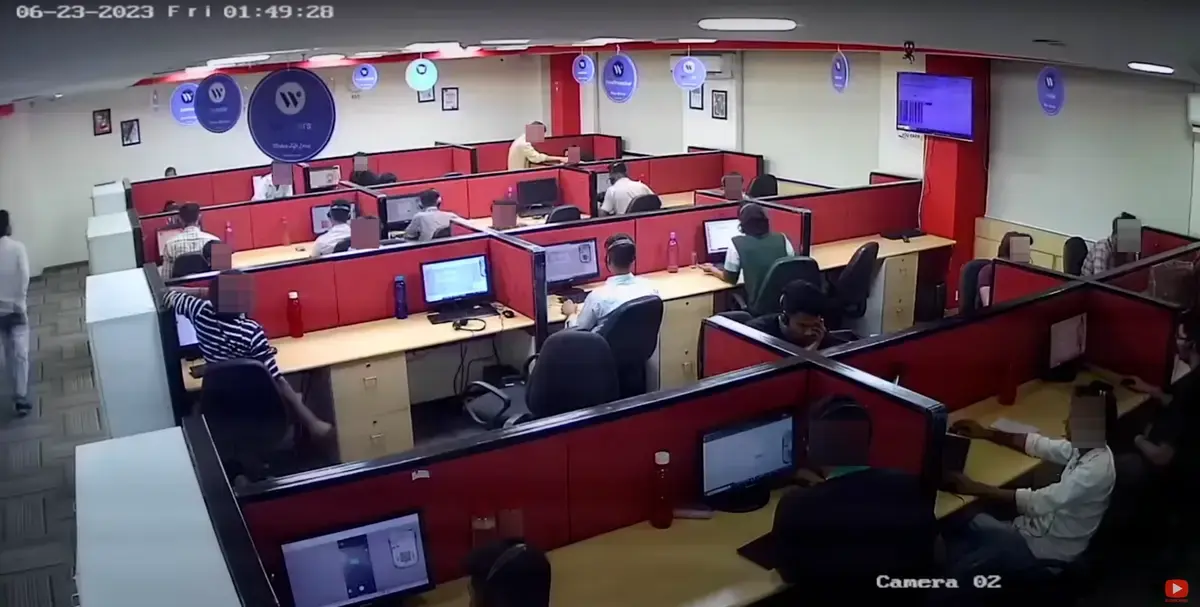(please attend to primaries next time…)
So… should I have voted for Marianne Williamson or Dean Phillips, keeping in mind Dean Phillips formally withdrew from the race before my state’s primary, and Marianne Williamson couldn’t have won if she had sweeped every state after and including mine?
I think the problem is mostly that the US system of elections is turbo mega fucked.








Orb mommy 🔮🔮🔮🔮